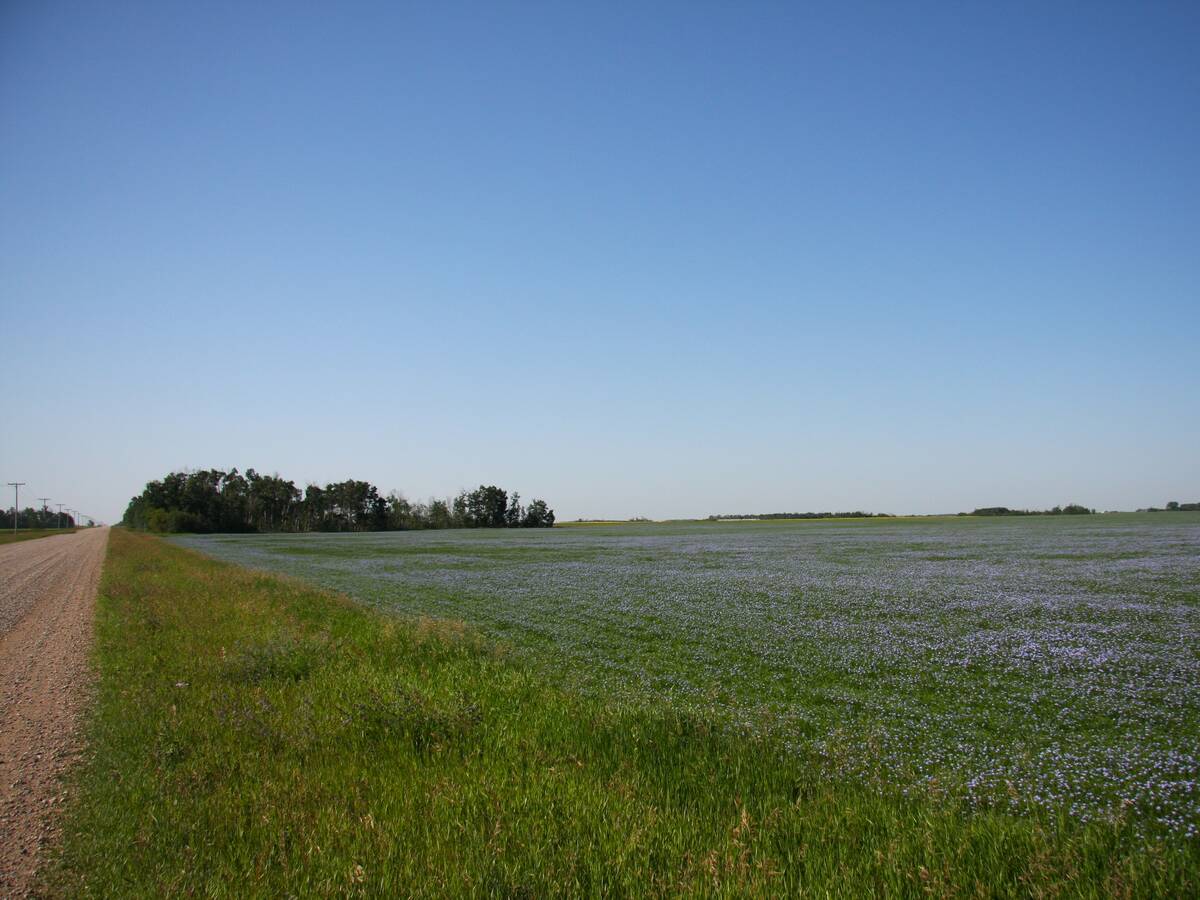PORTAGE LA PRAIRIE, Man. – Twenty years ago, Glen Adrain could call all his fellow bean growers in the same evening and have fairly lengthy conversations with each of them.
Today, the same feat isn’t possible.
This year, Manitoba bean growers are poised to unseat Ontario as the largest bean-producing province.
Adrain, a long-time bean grower from MacDonald, Man., said the province may be home to 100,000 acres of beans this spring, up from a record 80,000 acres last year.
A bean marketing manager from Hensall, Ont., in the heart of what used to be bean country, congratulated Manitoba pulse growers at their annual meeting here March 12.
Read Also

Farmland advisory committee created in Saskatchewan
The Saskatchewan government has created the Farm Land Ownership Advisory Committee to address farmer concerns and gain feedback about the issues.
“I do think your industry, your bean community should be very proud … of the work that’s been done in a short period of time,” said Gord Pryde of Hensall District Co-operative.
He said Manitoba has grown from “a little pocket” of production north of North Dakota or west of Ontario to a recognized primary supplier of quality beans.
In Ontario, where bean processing plants have a 2.5 million bag capacity, growers might plant as few as 25,000 acres of white beans this spring, said Pryde. Bean growers have been turning over acres to soybeans for higher returns.
Even if soybean prices drop from current levels, the most processors hope for is 40,000 acres of white beans, said Pryde.
Last year, Ontario growers planted 60,000 acres of the crop. At the industry’s peak, they grew 160,000 acres.
Trends in the United States are similar, as bean production moves west from Michigan to Colorado, Nebraska, North Dakota and Minnesota.
If projections for spring are accurate, Pryde said this will be the first time that 60 to 65 percent of white bean production happens west of the Mississippi River.
The industry hopes massive stocks of white beans will be eaten up this year. In Michigan, processors have just finished shipping the 1996 crop, he noted.
A 2.5-to-three million bag carryover is still likely for this year. But in 1998, Pryde anticipates North American supplies to be around eight-to-8.2 million bags of white beans, with demand for seven-to-7.2 million bags.
A one million bag carryover will be more bearable, he said.
Ontario farmers will likely plant about 2.5 million acres of soybeans this spring out of eight million acres of crop land, a 20 percent increase over last year.
Manitoba growers may plant as many as 20,000 acres of soybeans, up from virtually nothing a couple of years ago.
Soybeans were recently worth about $9 per bushel in Ontario, working out to $8.25 to $8.30 in Manitoba.
But Pryde noted U.S. farmers are expected to plant 70 million acres this year. If average yields in the U.S. are around 36 bushels per acre, Ontario prices should drop to about $8-to-$8.25 per bushel.
If average yields are around 39 bushels per acre, prices will likely drop to $7 to $7.50 per bushel, casting the bloom off the rose for Ontario growers, said Pryde.














